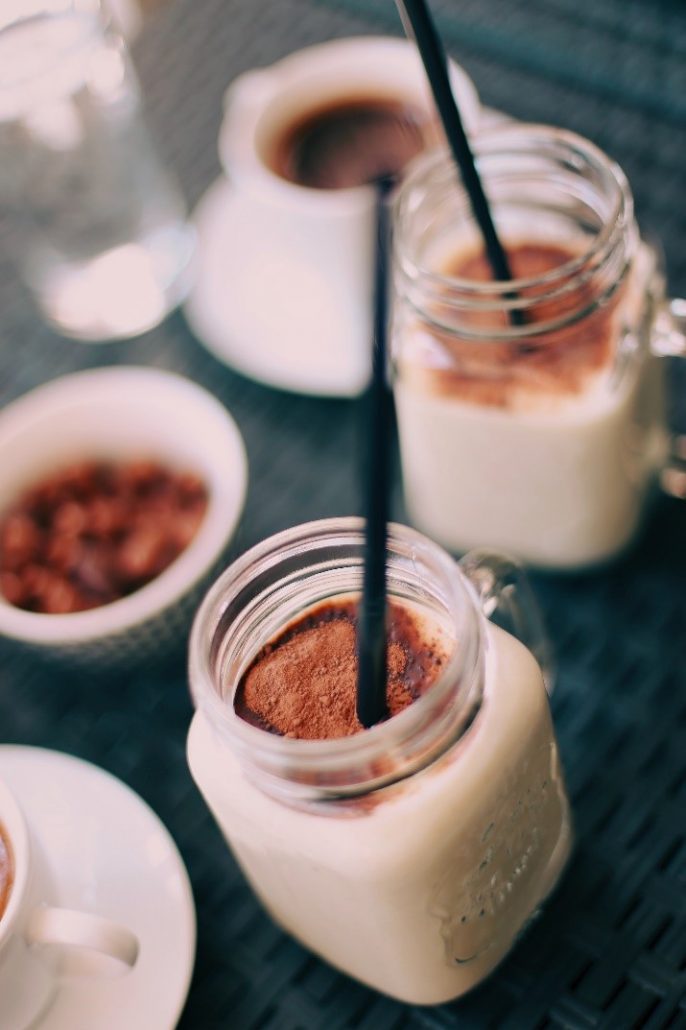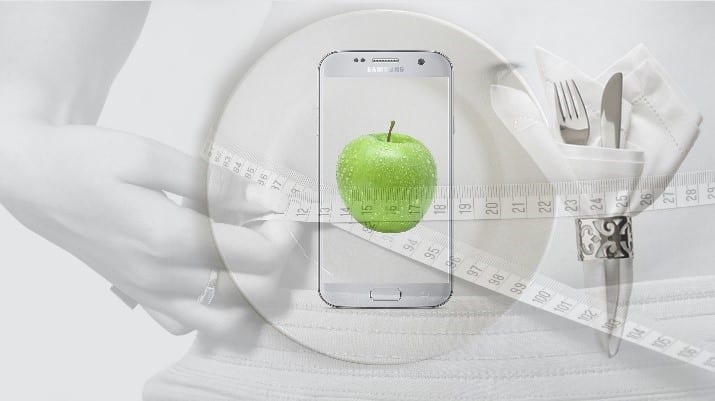Following the bariatric diet after undergoing weight loss surgery is critical for your recovery and long-term weight loss success. Post-op recovery includes dietary stages, with the first being clear liquids. Stage two is still a liquid diet, but you can begin incorporating fuller, thicker liquids with more ingredients and flavors. At this stage, your surgeon will likely recommend that you start ramping up your protein intake. Protein drinks and shakes are an easy way to meet your protein goal of 60g per day. You will also need to remain vigilant to avoid dehydration. Aim to drink 48-64 ounces of water throughout the day between meals. Avoid drinking water with meals, as it can make you feel artificially full.
Approved Liquids for the Bariatric Stage 2 Diet
Stage 2 of the bariatric diet increases your calorie intake from 100-300 calories per day to 400-750. All the liquids from stage 1 are still acceptable. These include water, low-sodium clear broths, low sugar electrolyte beverages, 100% fruit and vegetable juices (no added sugar) diluted with water in a 1:1 ratio, coconut water, herbal tea, sugar-free Jell-O, and sugar-free popsicles. In stage 2, you can incorporate the following full liquids:
- Low-fat, skim, or lactose-free milk
- Almond, cashew, coconut, or soy milk
- Thicker vegetable juices diluted with water
- Protein drinks*
- Low-fat, low-sodium creamy soups (no chunks)
*Make your own protein drinks rather than buying them pre-mixed. It’s less expensive to purchase bulk protein powder, and you have better control over the ingredients. You can blend bananas or blueberries into your protein smoothie at this stage. You can also include nut butters, such as almond butter, hazelnut butter, peanut butter, etc. Limit your nut butter intake to two tablespoons per day.
Bariatric Stage 2 Diet Recipes
Peanut Butter Banana Protein Smoothie
You can increase your flavor palette by making smoothies that incorporate fruit and nut butters. At only 175 calories and packing 18g of protein, this peanut butter and banana smoothie is a great option to help you meet your protein goals while staying within your calorie budget. The recipe below yields three servings.
Ingredients
- 2 ¼ C unsweetened soy milk*
- 7 tbsp vanilla protein powder**
- ¾ banana
- 2 tbsp peanut butter powder
- ½ tbsp peanut butter
*Many individuals develop dairy intolerances or sensitivities after bariatric surgery. Soy milk has the highest protein content of non-dairy milk at 8g of protein per cup. If you have a soy allergy, oat milk is the next best option at 4g per cup. Both soy milk and oat milk are roughly 130 calories per cup.
**Whey protein powder contains dairy. Swap out whey protein for a vegetarian protein powder. Be mindful of the ingredients, and look for an option with a similar nutrient profile.
Instructions
Add your liquid ingredients to the blender to prevent the powders from clumping and sticking to the bottom. Add the remaining ingredients, and blend for a minute or until the ingredients are all smooth. If your shake is too thick, add one tablespoon of water at a time and blend again until you achieve the desired consistency. You can store the left-over smoothie for up to one day in the refrigerator.
Nutrition Information
Calories: 175
Fat: 6g
Carbohydrates: 13g
Protein: 18g
Fiber: 4g
Sugar: 6g
Apple Pie Protein Shake
This protein shake allows you to enjoy the flavors of fall ciders during the summer without the heat. It also delivers a whopping 28g of protein per serving. The recipe below yields one serving.
Ingredients
- 1 pouch hot apple cider mix, sugar-free
- 1 scoop vanilla protein powder
- 1 C skim milk*
- 1/8 tsp cinnamon
- 4-6 ice cubes
*Swap out the skim milk for a non-dairy substitute if you have lactose intolerance.
Instructions
Add the milk to a blender, and then incorporate the remaining ingredients. Blend the ingredients until they’re smooth. The more ice you use, the thicker your shake will be. Start with fewer ice cubes and add one at a time to the blender until you reach the desired thickness.
Nutrition Information
Calories: 188
Fat: 0g
Carbohydrates: 20g
Protein: 28g
Sugar: 13g
Nutritious Chicken Soup
Stage 2 bariatric chicken soup is low-fat, low-carb, and provides a decent punch of protein for less than 100 calories. It’s also an excellent way to add new flavors and spices into your diet that you may have missed during stage 1. This recipe yields four servings at four ounces per serving.
Ingredients
- 5 oz boneless, skinless chicken thigh
- 2 cups low sodium vegetable broth
- 1 carrot
- 1 garlic clove
- ¼ yellow onion
- 1 tbsp olive oil
- ¼ tsp basil
- ¼ tsp Italian seasoning
- ¼ tsp salt
- 1/8 tsp pepper
Instructions
- Chop the chicken and vegetables and mince the garlic.
- Warm a medium size pot over medium heat. Add the oil, garlic, and onion, then cook for two minutes. Stir often to avoid burning or sticking.
- Stir in the remaining ingredients and cover with a lid. Cook the soup for 10-12 minutes, ensuring that the chicken cooks all the way through and the carrots are fork tender.
- Transfer the soup to a blender slowly to avoid splashing or burning yourself. Blend until no chunks remain.
As with the peanut butter banana smoothie, you can incorporate a tablespoon of water at a time and blend again to make the soup thinner.
Nutrition Information
Calories: 90
Fat: 5g
Carbohydrates: 5g
Protein: 7g
Fiber: 1g
Sugar: 2g
Contact us to learn more about the bariatric diet and what to expect during recovery after weight loss surgery.





